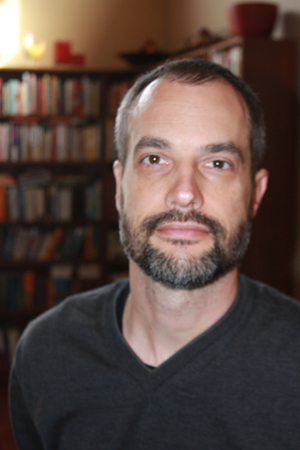
Dear Reader,
The death of painting has been declared with either enthusiasm or dejection so many times, as has its corollary, the “improbable” resurrection of the medium, that the tandem seems now like a market gyration—either a panicked sell-off or a spate of giddy investors snapping up undervalued commodities. Apparently, the first doomsday prediction was uttered by Paul Delaroche, likely with a sinking feeling in the pit of his stomach, when he saw his first Daguerreotype sometime around 1839.
Delaroche was a historical scene painter, and his sense of dread upon envisioning the capacity of an emerging photographic technology to make his work obsolete is entirely comprehensible. He needn’t have worried—about painting, that is. But then we know this already. Artists have reinvented painting—and other art media—so relentlessly, that the thought of consigning one medium to a single type of expression is now entirely foreign to us.
And this is the point about painting—as with any other medium, it is as varied as the artists who practice it. In this issue of Artillery, we explore artists working in the medium of painting in diverse ways. Lane Barden examines the transition in Yunhee Min’s painting practice from the conceptual strategies she used in the early 2000s to her interest in contending directly with color and composition. In her “Wilde Paintings,” exhibited over the summer, he finds a phenomenologically-oriented intuitive approach that enters into conversation with previous generations of abstract painters and generates a kind of pure sensory experience.
Annabel Osberg talks with Ariana Papademetropoulos about her otherworldly paintings and immersive installations that in certain aspects function as mise en scène in a larger narrative thread that runs through her work. Yxta Maya Murray visits the studio of Pamela Smith Hudson, the Los Angeles painter who is so poetically reinvigorating encaustic. Hudson discusses her work in relation to her enduring interest in jazz. Shana Nys Dambrot turns her eye on Robert Yarber’s Freudian dreamscape paintings, which have just as much urgency now as they did in the Reagan era of trickle-down economics and cold war geopolitics. Eve Wood evaluates the tensions presented by the materiality of Lenz Geerk’s acrylic-on-wool paintings in relation to their depictions of psychological displacement. Meher McArthur follows Vera Arutyunyan’s painting practice as a means of expressing inner emotional states related to geographic dislocation. And David DiMichele writes on his appreciation for a favorite of his: Vincent Van Gogh’s Mulberry Tree.
The lie that painting isn’t up to addressing the contemporary experience never really held much sway. It is always and forever being reinvented. Even, at times, within a single practice. Think of Philip Guston’s remarkable late-career transition. Our reviews section is also littered with examples of contemporary painting addressing contemporary ideas. Corley Miller discusses, albeit indirectly, the propagandizing power of painting, citing David’s heroic portrayal of Napoleon’s crossing the Alps. Ironically, it was Delaroche who countered that iconic image with the real story: Napoleon rode a mule.
—Christopher Michno, Associate Editor


